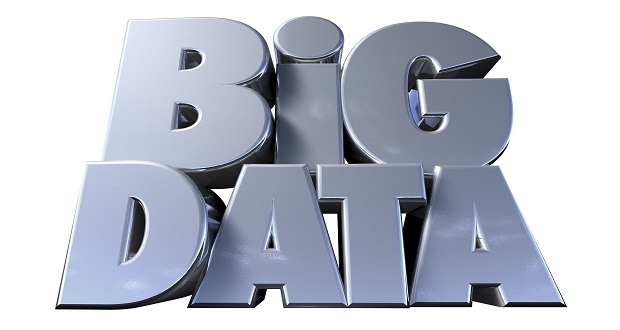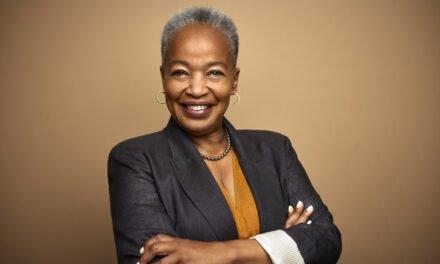
What is big data and why is it important for diversity and inclusion practitioners? “Big Data” is a fairly new term used to describe the exponential growth and availability of data both structured and unstructured.
The rapid advancement of the capability to collect and store a lot of data at lower costs is driving this trend. Data is coming at us from many places including social media venues as well as some of the traditional sources. The ability to match, link and transform data has reached unprecedented proportions. What does this mean for the diversity and inclusion practitioner?
- You are no longer limited to the traditional human resource information systems (HRIS) to collect and analyze data. HRIS systems are still vital and provide information on hiring, representation, terminations, etc. You can now look at combining this information with data that comes from other sources such as social media. Perhaps in analyzing your turnover data you can combine information that might be available on sites such as Vault, Glassdoor or Indeed which include employee evaluations of various companies.
-
You need to form a closer relationship with your information systems department. Shari Slate, Chief Inclusion and Collaboration Strategist for Cisco says technology has created a whole new world for how collaboration happens and how we collect data. New entrants into the workforce live with technology that extends beyond the brick and mortar physical walls of an organization. Slate encourages both Chief Information Officers and Chief Diversity Officers to think beyond the physical environment for inclusion to the virtual world. “We need new mindsets, skillsets and toolsets to examine how people are welcomed, respected and valued in virtual space”, she said in an interview for Vibrant Pittsburgh.
Through Slate’s role, Cisco is exploring the role of technology in advancing inclusion. Cisco conducted groundbreaking research that shows the bottom-line value of inclusion. As an example, Cisco used a crowdsourcing campaign that included all 61,000 employees, soliciting their ideas for inclusion at Cisco. With over 5000 responses, Slate says this is what it means to move beyond predictable conversations to virtual conversations.
- You should have someone on your team who is an expert in analyzing data, someone who understands the power of “big data”, a strategic thinker who can connect the dots to the various combinations of information that can be gleaned. For example, some companies are collecting customer comments through recorded call center transactions. This information can be culled by geographic region to better understand how diverse customer segments experience service.
In a data driven, metric-focused world, diversity and inclusion practitioners can truly accelerate progress by exploring the possibilities that “big data” affords.

![A Point of View: Chief Diversity Officer Role Not Looking So Bright [INFOGRAPHIC]](https://theinclusionsolution.me/wp-content/uploads/2014/12/CDO-of-the-Future-Infographic-620x330.png)
















